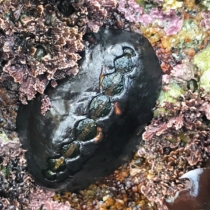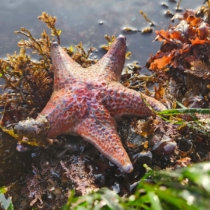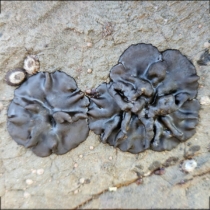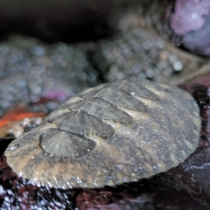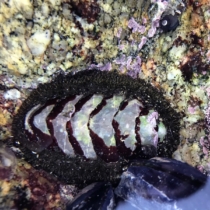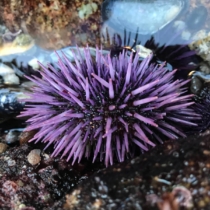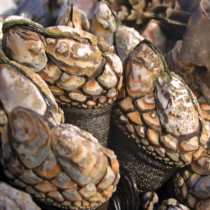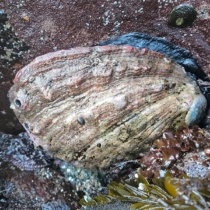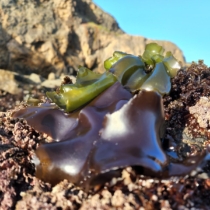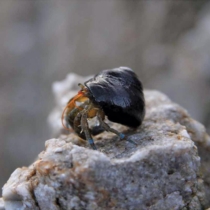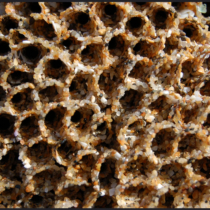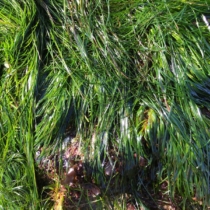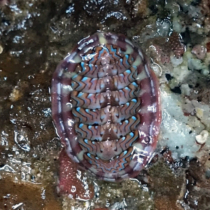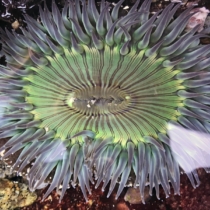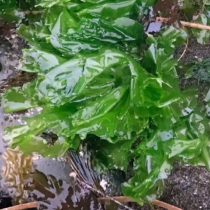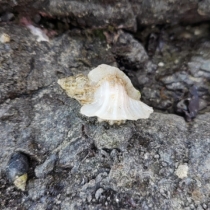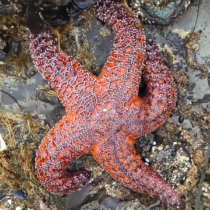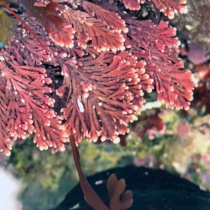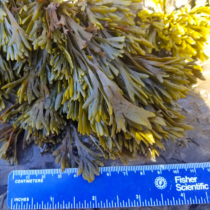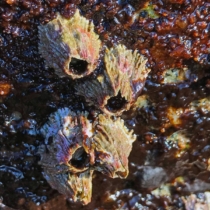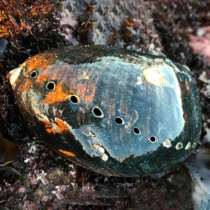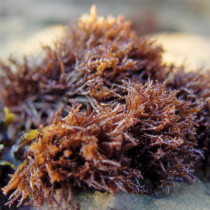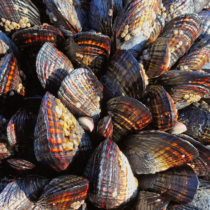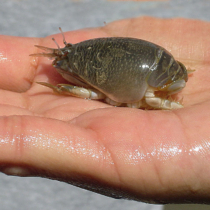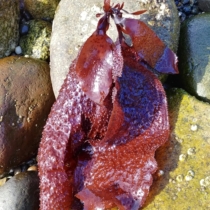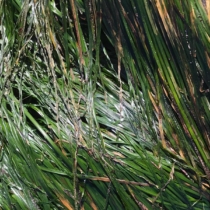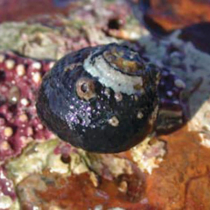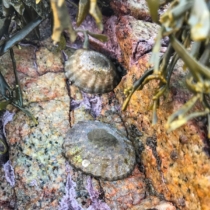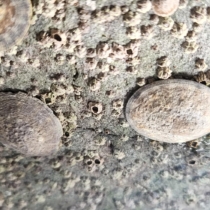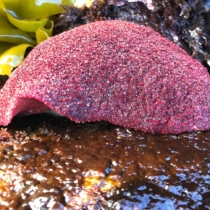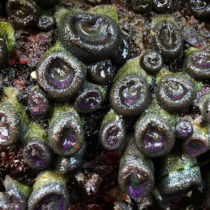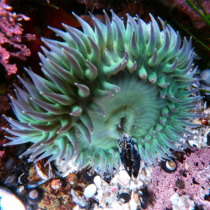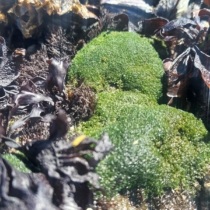Marine habitats found in the Greater Farallones National Marine Sanctuary include sandy beaches, estuaries, rocky shores, open waters and deep-sea environments. The sanctuary encompasses four important estuaries—Esteros Americano and de San Antonio, Tomales Bay and Bolinas Lagoon—which are important nurseries for a host of marine fishes and invertebrates and critical habitat for nesting and migrating shore and water birds.
The sanctuary contains 26 federally listed endangered or threatened species, including seabirds such as Marbled Murrelets. Thirty-six species of marine mammals have been seen here. It’s also home to one of the most significant populations of breeding white sharks on the Pacific Ocean and the largest concentration of breeding seabirds within the contiguous United States. The Greater Farallones also provides crucial habitat for more than a quarter million breeding seabirds.
From fall through winter, sanctuary beaches serve as nurseries for tens of thousands of elephant seals and sea lions; 20 percent of California’s harbor seals breed here during the spring. And northern fur seals have recently begun breeding here again for the first time in more than 150 years.
Visitors can begin their exploration of all the Greater Farallones has to offer at the sanctuary’s visitor center located at West Crissy Field, in Golden Gate National Recreation Area of San Francisco.

